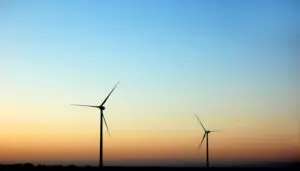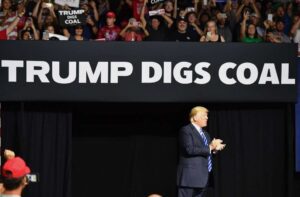The City of Sydney has announced it is shelving plans to develop a citywide low-carbon trigeneration energy network, blaming “economic and regulatory hurdles” for the setback in its efforts to take the NSW CBD off the fossil fuel-powered grid.
In an statement released on Tuesday, the City said a combination of government and network red tape, as well as gas and carbon price uncertainty, had undermined the commercial case for the ambitious “Green Square” project, which included the development of several trigeneration power plants – which burn gas and capture the excess heat produced for use in energy efficient warming and cooling – to be designed, built, operated and jointly financed by with Origin Energy’s Cogent Energy.
“There are already city-wide trigeneration networks in New York, Berlin and Seoul and China has just announced a massive trigeneration action plan – but our governments have removed an incentive that allows similar precincts here to share power through the grid,” Sydney Lord Mayor Clover Moore said in the statement, referring to federal and state rule changes and restrictive electricity network regulations.
Moore said that because of this, Cogent Energy had been unable to provide a plan that came in under the council’s cost ceiling of about $25 per tonne of CO2.
But despite the setback – which follows the signing of an historic heads of agreement with Cogent in April after a two-year procurement process – the City says it has not given up on its goal to source 100 per cent of its power locally, through renewables and trigeneration, and will redouble its efforts to cut carbon emissions.
“Trigeneration is important because it can reliably supply the low carbon power, heating and cooling requirements that big cities like Sydney need to function every hour of every day of the year,” the City said in its statement.
“(It) remains a cost-effective way to cut emissions and provide power, heating and cooling for Sydney Town Hall, Town Hall House and the Queen Victoria Building – and we will continue our plans there because we own all three buildings.”
The City says it is also rolling out the largest building-mounted solar installation in the country, replacing street lights with energy efficient LEDs, installing a fuel cell at Prince Alfred Park Pool, and completing a major energy efficiency retrofit of the City’s buildings.
“We’ve cut greenhouse gas emissions by 19 per cent since 2006 and these measures put us on track to reach 29 per cent by 2016.
Moore also said that, after undertaking “the most detailed investigation ever” of renewable energy resources in and around Sydney, the City now had a draft plan showing how all of its electricity, heating and cooling needs could be met from renewable energy sources and gases by 2030.
“This plan provides an invaluable road map detailing where all the renewable resources exist, how much it costs to harness them and how we can use them to help deliver a 100 per cent clean renewable energy system for Sydney,” the Lord Mayor said.
The City’s research has also identified that there is more than enough waste resources within a 250 km radius of Sydney to produce renewable gases to meet the targets set out in its Master Plan.
“Renewable gas is made from waste – a valuable renewable energy resource widely used overseas,” said Moore.
“At present we only capture a tiny proportion of the potential energy available from garbage, sewage plants, landfill sites, livestock, agriculture, and forestry waste to generate electricity,” she said. “Projects in Europe are currently capturing 80 per cent of the primary renewable energy resource so we’ve got a lot to catch up to.”








